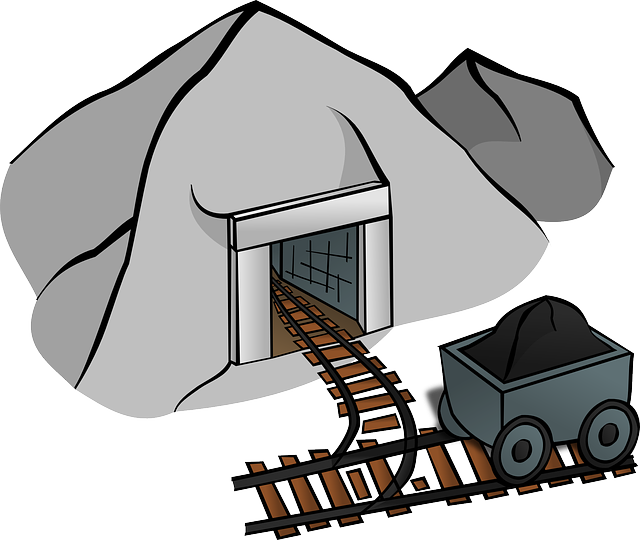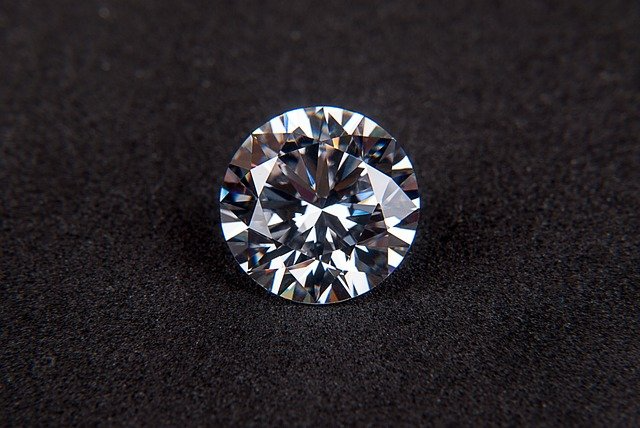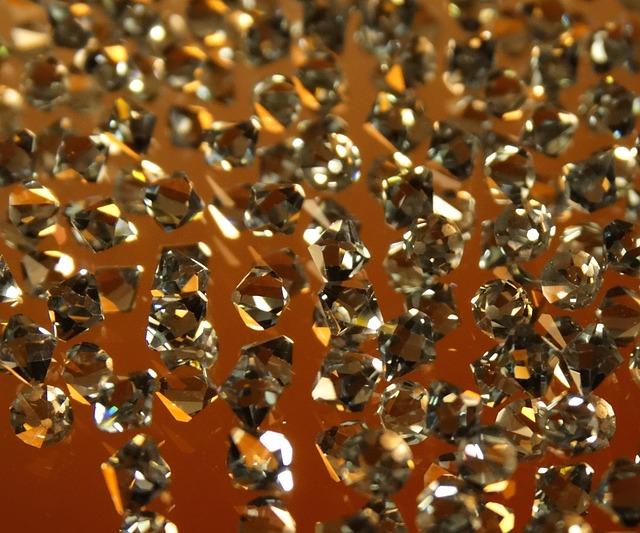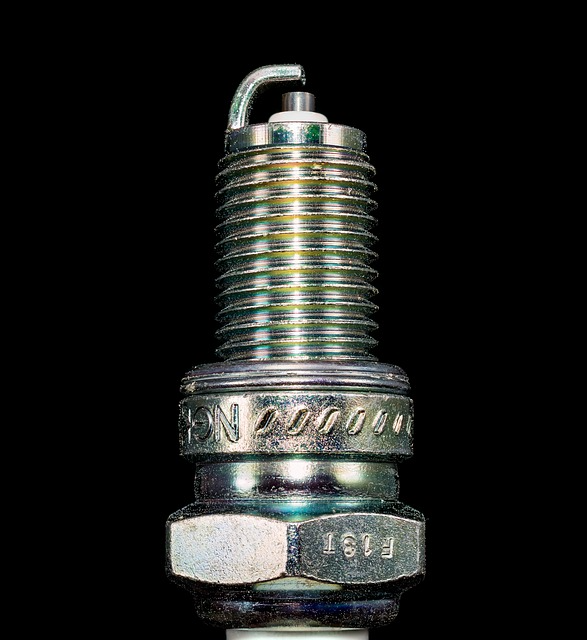Rubidium has one electron in its valency. It is an S-block element the last electron lie in the 5s1 orbital. The electronic configuration of Rubidium is 1s2, 2s2, 2p6, 3s2, 3p6, 4s2, 3d10, 4p6, 5s1.
Where is rubidium found?
It is the 23rd most abundant element in the earth's crust. Naturally, it is found in minerals like zinnwaldite, pollucite, leucite and carnallite etc. Rubidium is present in large amount in Earth's crust, its extraction is difficult and the lack of a mineral-rich in rubidium limits its production. Some 2 to 4 tonnes per year are produced as a by-product. Two sources of rubidium are rich deposits of pollucite at Bernic Lake, Manitoba in Canada and rubicline found on the Italian island of Elba.
Who discovered rubidium?
Radium was discovered by two German scientists Robert Bunsen and Gustav Kirchhoff in 1861. They discovered it in the mineral lepidolite using flame spectroscopy. Its name was derived from the Latin word rubidus, meaning "deep red" because it produces bright red lines in its emission spectrum.
What is rubidium?
Rubidium is a chemical element that has an atomic number 37. It has a standard atomic weight of 85.467 g/mol and it is represented by the symbol Rb. It is an s-block element and a soft alkali metal with a silvery-white appearance. In the periodic table, it is located in the 1st group and period 5. Its electron configuration is 1s2, 2s2, 2p6, 3s2, 3p6, 4s2, 3d10, 4p6, 5s1. Rubidium has 37 electrons, 37 protons and 48 neutrons. It is solid at standard temperature and pressure. Its melting point is 312.45 K ?(39.30 °C, ?102.74 °F) and its boiling point is 961 K ?(688 °C, ?1270 °F). It has a density of 1.532 g/cm3. Rubidium has a higher density than water so it sinks in water other element has less density than water such as sodium etc.
The electronegativity of Rubidium is 0.82 (Pauling scale). Its oxidation state is −1, +1 (making strongly basic oxide). rubidium has very low ionization energy, 1st ionization energy required is 403 kJ/mol. It is the second most electropositive alkali metal. It reacts violently with water. It can also ignite spontaneously in the air if the surrounding has more humidity. It does not react with lithium. It does react with other elements like gold, iron, caesium, sodium and potassium. It reacts with mercury forming amalgams.
Rubidium has 36 isotopes. It is a monoisotopic element. Rubidium-85 is a stable isotope with a natural abundance of 72.2%. Rubidium-87 is a radioisotope that has an abundance of 27.83%. Natural rubidium is radioactive and has a specific activity of about 670 Bq/g. It was discovered by two German chemists Robert Bunsen and Gustav Kirchhoff in 1861 using flame spectroscopy.
It is the twenty-third most abundant element in the Earth's crust. Naturally, it occurs in minerals such as zinnwaldite, leucite, pollucite and carnallite. Its concentration is very small in these minerals so it is obtained as a by-product during extractions. Seawater contains an average of 125 µg/L. There are two rich deposits of pollucite mineral at Bernic Lake, Manitoba in Canada and rubicline mineral found on the Italian island of Elba.
Rubidium is used in fireworks to give them red colour. Rubidium-82 is used in positron emission tomography (PET). Rubidium-82 is used in nuclear medicine to locate and image brain tumors. It is used for the polarization of Helium-3 and Helium-3 cells are useful for neutron polarization. Rubidium-87 is used for laser cooling and Bose-Einstein condensation.




